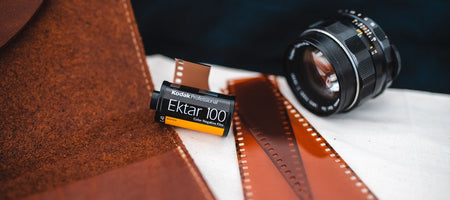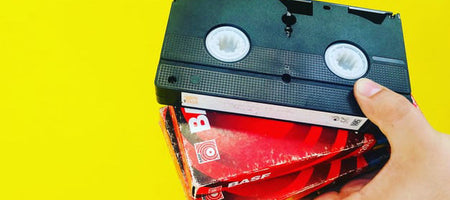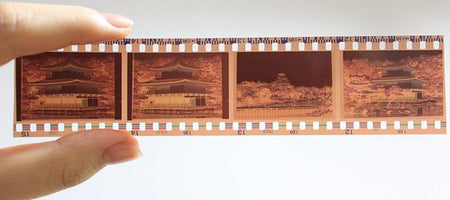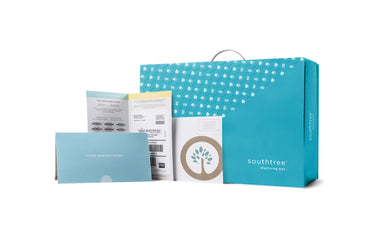It’s getting towards the end of November, which means folks are getting ready for the holidays and the new year. Along with that comes something that we’ve all grown to know, love, and loathe: New Year’s Resolutions.
The good news for us is that we’re not talking about those resolutions.
Instead, we’re talking about media resolution, which is a whole lot easier to understand. Plus, since you’re not making promises to yourself that you know you’ll eventually (and inevitably) break, there’s no associated guilt.
Yay!
So what is resolution why should we care? To keep it super simple, resolution is the size and clarity of a picture or video. Higher resolution things are often larger and stay clearer the bigger they get, while lower resolutions are grainy, don’t enlarge well, and are sometimes blurry or fuzzy.
So, higher resolution means clearer and probably larger. Lower resolution means blurry and smaller. That’s easy enough to remember. But what makes high resolution high and low resolution low? That’s a great question, and it’s pretty neat to explain.
When images and videos are printed or put on a screen, the images are generated by putting together a bunch of little dots of color. For printing it’s a little bit different than electronic devices, but the idea is the same. Little specks of color make up the picture. To get back to the idea of high and low resolution, high resolution stuff has more dots of color, while low resolution stuff has fewer dots of color. In an effort to confuse you completely, I’ll throw in that black and white images can have high or low resolution also. It’s just that, instead of multi-colored dots, they’re all just black or white.
Resolution measurements come from the number of dots that make an image. That’s easy enough to remember, but here’s where it gets a little bit tricky. In printing, we measure things in DPI, which means Dots Per Inch. On electronics, we have PPI, which means Pixels Per Inch.
Now you’re starting to see why resolution makes such a big difference. The more dots of color, the more detail we can put into a picture. That’s why modern TVs have way clearer pictures than TVs of yesteryear. TVs back in the day only had about 480 pixels wide on the screen. That’s 400 dots of color wide. For comparison, modern TVs have 3,840 dots of color across. That’s a huge difference of pixel availability that really changes the way images look.
We also use pixel measurements when we talk about photo resolution on digital cameras. So a camera with 12 megapixel resolution takes photos that are 4,200 pixels wide and 2,800 pixels tall. If you do some multiplication, we get a whopping 11.7 million pixels--or 12 megapixels (Megapixel=1 million pixels)--in a single photo. That means every time you whip out your iPhone, it’s snapping photos with almost 12 million little dots of color.
For comparison, film cameras have different resolutions depending on the quality of the camera and the film itself. What’s insane is that some of the best cameras and film can take photos that translate to roughly 87 megapixels! Woah.
So there you have it! Resolution refers to the clarity and size of a photo. The higher resolution, the larger it is, and the clearer it is. The lower the resolution, the smaller and grainier it is.
Not too bad!













